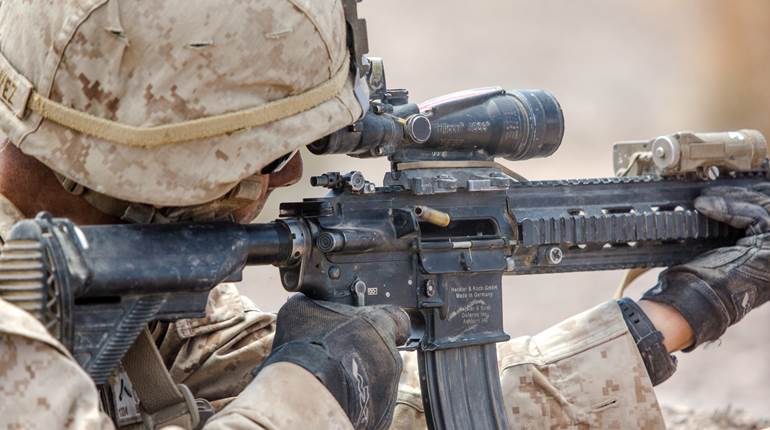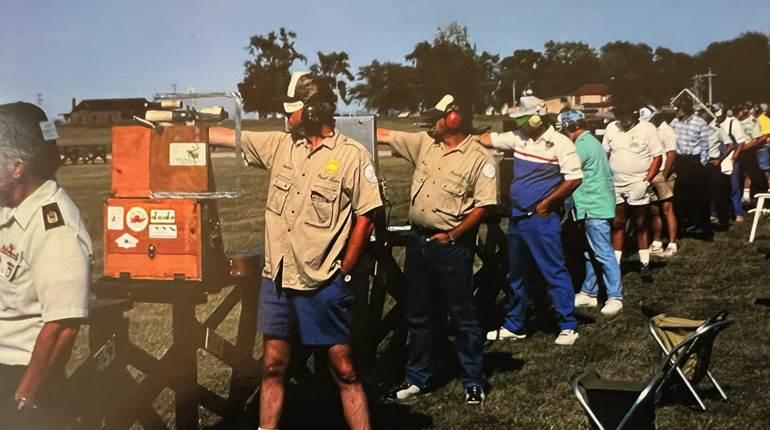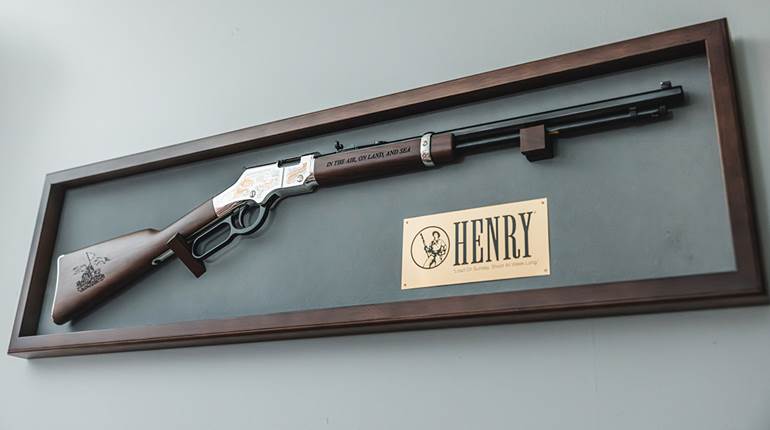
As an amateurish but enthusiastic student of Marine Corps history, I remain fascinated with the battle of the Chosen Reservoir. One of the more interesting aspects of this battle was the performance of the various firearms the Marines used 60 years ago. Most of the Browning-designed guns did pretty well, but the M1 Carbine and the Garand rifle did not function with their customary reliability. A lot of this had to do with ammunition, which is what I’m dealing with here. Cold weather can have an impact on the performance of ammunition and there were a number of reports that the point of impact changed on various firearms shot at the Frozen Chosen.
A few years ago, I was doing some in-depth shoots involving the handloading of magnum revolver ammunition. I was living in California at the time and had lost my range, so I was traveling to Wickenburg, Ariz, to shoot with my old partner Stan Waugh who had moved there and was burning his powder at the Wickenburg Sportsman's Club. The range was excellent and the trip was worth it. Most people see Arizona as a very hot place, which can be true. But the winters can be mighty cold and the northern part of the state gets some pretty heavy snow. I doubt that the Arizona desert ever sees temperatures as low as the Chosen Reservoir, but the old thermometer sometimes heads in that direction. On one memorable occasion, we did a shoot that produced some graphic effects of cold weather on ammunition.
We were working up accurate loads for .357 Mag. revolvers, using heavy bullets and slow-burning powders. As was our custom, I was working the guns (mounted in machine rests), as well as keeping the records of chronograph results and changing the targets. Stan was set up at an adjacent bench with a loading press (Ponsness-Warren P200), scale and powder measure. The procedure went like this: I would come up with a load combination based on prior research and call it out to Stan who would assemble it and pass it over to me. I would load the gun, fire a five-shot group, and on the basis of the performance of that load, give Stan the change in powder charge for the next load. Of course, I was chronographing each load as I went along. Everything was proceeding OK, as this was the system we had established years earlier. However, the temperature was 23 to 24 degrees on this chilly winter day.
After several loads were assembled and evaluated, I noticed an unusual pattern. The first shot in any group landed about 1.5 to 2 inches above the point of impact of the other four shots in the group. Also, velocity of that first shot was approximately 25 fps slower than the following four shots. This happened with every load, no matter what it was—first shot 2 inches higher and was 25 fps slower than all other shots with that load. Since the Freedom Arms revolver is probably the most accurate revolver on earth, it was monotonously the same with every load—a high first shot flyer followed by four shots in one hole. What was causing it?
The only constant in the equation was the ambient temperature. The gun was cold for that first shot, because enough time passed while Stan was loading five rounds for the gun to cool off. The cold gun produced a slower velocity. The bullet spent a longer time in the barrel, so recoil moved the gun's muzzle upward slightly farther and the bullet struck a little higher on target. Shooting itself warmed the gun up and subsequent shots were in the barrel for less time, striking lower on the target. In order to get results that were not skewed by the temperature, I asked Stan for six rounds instead of five. Then, I would fire the first one over the top of the target and have the chronograph forget that velocity. Then I would quickly eject that first cartridge, reloading the chamber with the sixth one. In this way, I got the five rounds through a warm gun.
This is useful information. What would happen if a shooter was shooting coyotes on a cold morning on the plains? Say the target was 200 yards away and the gun was cold. At 25 yards, it shoots 2 inches high; at 100, it's 8 inches and it's 16 at 200. Thus, the first round is over the target's back. There won't be a second shot, because mama coyote raises no stupid children and the target is gone.





































